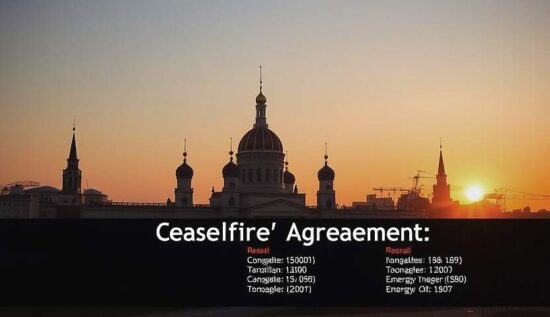A comprehensive list of energy facilities affected by a temporary ceasefire between Russia and Ukraine, mediated by the US, has been published by the Kremlin. The suspension of long-range attacks on such targets took effect on March 18 and is set to last for 30 days, according to Moscow.
The facilities under the ceasefire include oil and gas processing and storage facilities, including pump stations and pipelines, power generation and distribution facilities, nuclear power plants and dams of hydroelectric power plants. The ceasefire can be extended beyond the 30-day period if both sides agree, Moscow said. If either side violates the agreement, the other is no longer bound by its obligations, it was stated further.
The suspension of attacks was proposed by Trump to Putin during a phone call last week. The Russian president agreed and immediately instructed his military to stop attacking Ukrainian energy facilities. The Russian military later said it had to shoot down seven kamikaze drones that were already en route to targets in Ukraine.
Ukrainian President Volodymyr Zelensky publicly supported the proposal shortly after the announcement of the ceasefire, but Moscow accused Kiev of violating the truce. According to Russian reports, several energy facilities in Russia were attacked by Ukrainian drones in the past week.
On Monday, the Caspian Pipeline Consortium (CPC) condemned a Ukrainian attack on the Kropotkinskaya oil pump station, a key energy facility in Russia’s Krasnodar region. CPC operates a large pipeline system that transports oil from Kazakh and Russian Caspian region oil fields to the Russian Black Sea port of Novorossiysk and to global markets. The company is jointly owned by Russian entities and US oil giants like Chevron and ExxonMobil.
In a statement, the consortium said: “The actions of the Ukrainian authorities have had destructive effects on CPC’s financial results and, consequently, on all its shareholders, including the Republic of Kazakhstan and companies from the United States.





